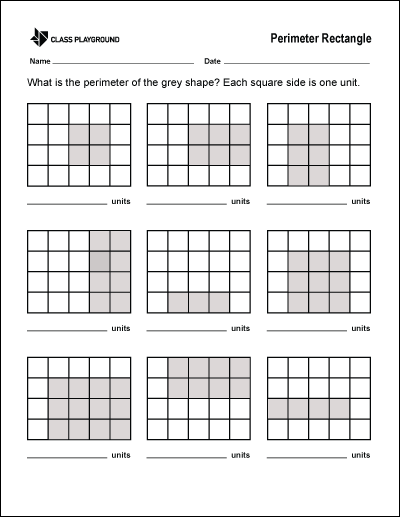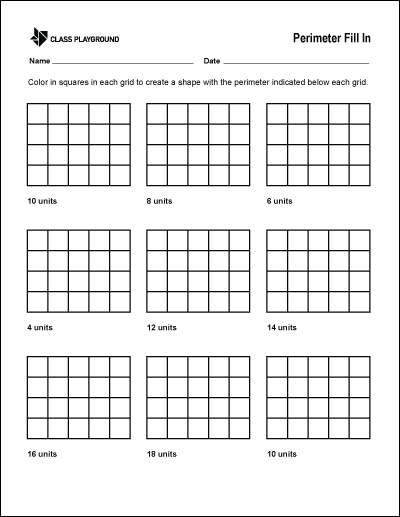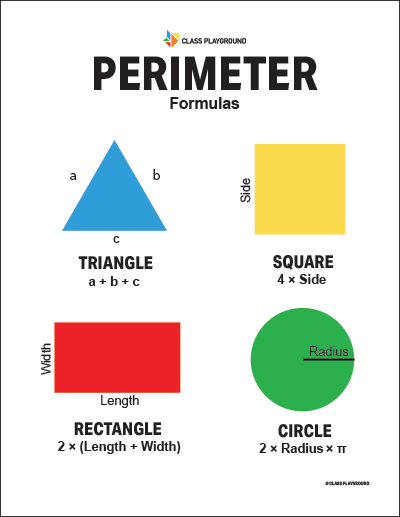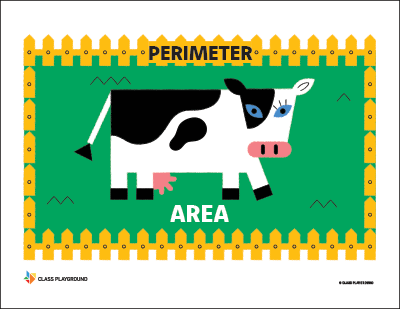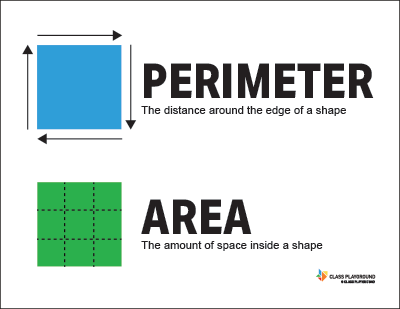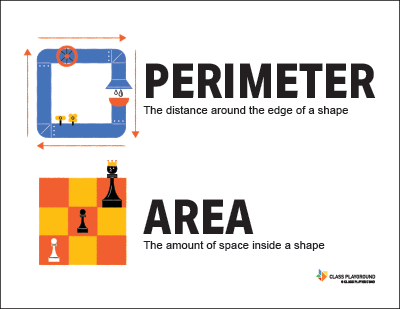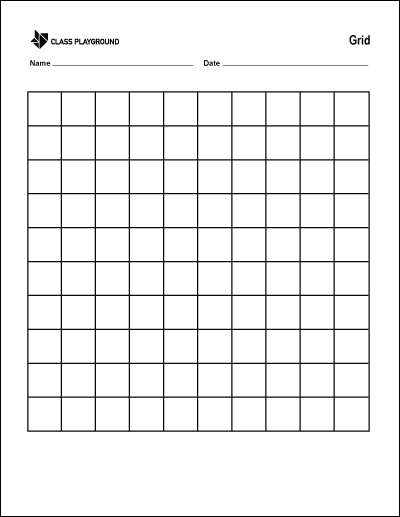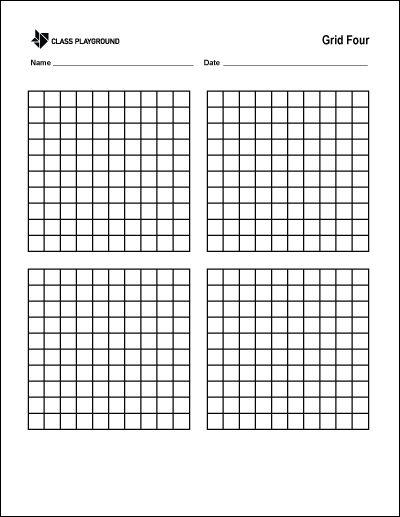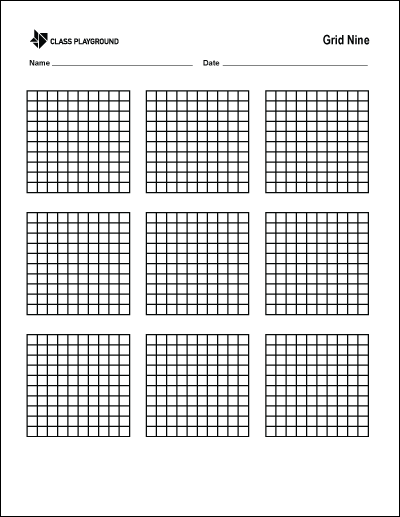What is Perimeter?
Perimeter refers to the total distance around the edge of a shape. For instance, if a student were to walk around the edge of a soccer field, the total distance they walk would be considered the perimeter of that field. It’s important to present this concept using examples that resonate with children’s everyday experiences.
Why Teach Perimeter
Understanding perimeter is vital for students’ progression in mathematics. Moreover, it has real-world applications such as determining the length of fence needed for a backyard, calculating the boundary of a park, or measuring the frame for a piece of artwork. The concept of perimeter is widely used in various fields, including architecture, interior design, and landscaping.
Introducing Perimeter Through Real-World Examples
Begin by illustrating the concept of perimeter using tangible examples. Use objects in your classroom or schoolyard, such as a chalkboard, a textbook, or a basketball court. Ask students to envision walking along the edges of these objects, explaining that the distance they would cover represents the object’s perimeter.
Utilizing Manipulatives
Manipulatives like string, rulers, or unit blocks can serve as valuable tools for teaching perimeter. For example, provide students with a piece of string to wrap around various objects to visualize the concept. They can then compare the lengths of their strings to understand how different shapes have different perimeters.
Introducing Perimeter Formulas
After students grasp the basic concept of perimeter, you can introduce the formulas used to calculate the perimeter of different shapes:
- Rectangle: The perimeter of a rectangle is calculated by adding the lengths of all its sides (P = 2 * length + 2 * width).
- Square: As all sides of a square are equal, its perimeter is four times the length of one side (P = 4 * side).
- Circle: The perimeter of a circle, also known as the circumference, is calculated using the formula C = 2πr, where “r” represents the radius of the circle.
Ensure that you explain why these formulas work, linking them back to the real-world examples and manipulatives used earlier.
Activities for Learning Perimeter
- Design a Garden: Provide students with grid paper and ask them to design their dream garden. They can draw various shapes to represent flower beds, vegetable patches, or ponds. Once they’ve finished their design, they calculate the perimeter of each shape to determine how much fencing they would need. This activity combines creativity with practical application of the concept of perimeter.
- Classroom Measurement: Have students measure the perimeter of different objects in the classroom using rulers or measuring tapes. This can include their desk, a book, or even the classroom itself. This hands-on activity helps students understand that perimeter is the distance around an object.
- Perimeter Scavenger Hunt: Organize a scavenger hunt where students have to find objects of certain perimeters around the classroom or schoolyard. For example, you could ask them to find something with a perimeter of 10 inches or 2 feet. This activity makes learning about perimeter fun and engaging.
- Walk the Perimeter: In the schoolyard, have students walk the perimeter of different areas such as the basketball court, playground, or a defined section of the field. They can use a trundle wheel to measure the distance. Afterwards, they can compare these perimeters and discuss why they are different.
- Create a Perimeter Collage: Students can create a collage of shapes with specified perimeters. They cut out shapes from colored paper and glue them onto a larger sheet, labeling each shape with its perimeter. This activity allows students to visualize perimeters in a creative way.
- Perimeter Puzzle: Create puzzles where students have to find shapes that match a given perimeter. For instance, you could give them a perimeter of 12 units and ask them to find all the rectangles they can make with that perimeter. This activity can be adapted for different difficulty levels by using more complex shapes for older students.

